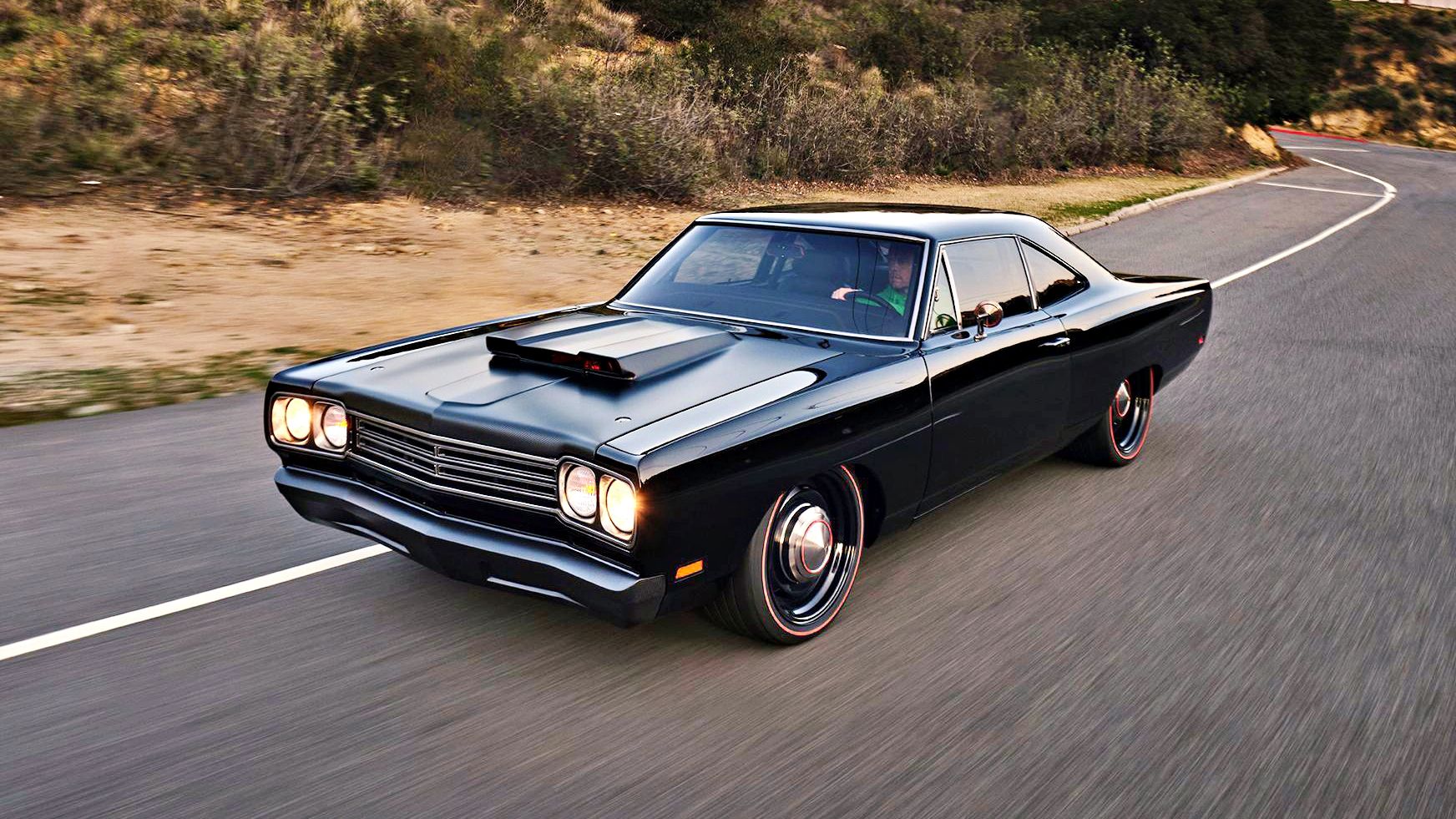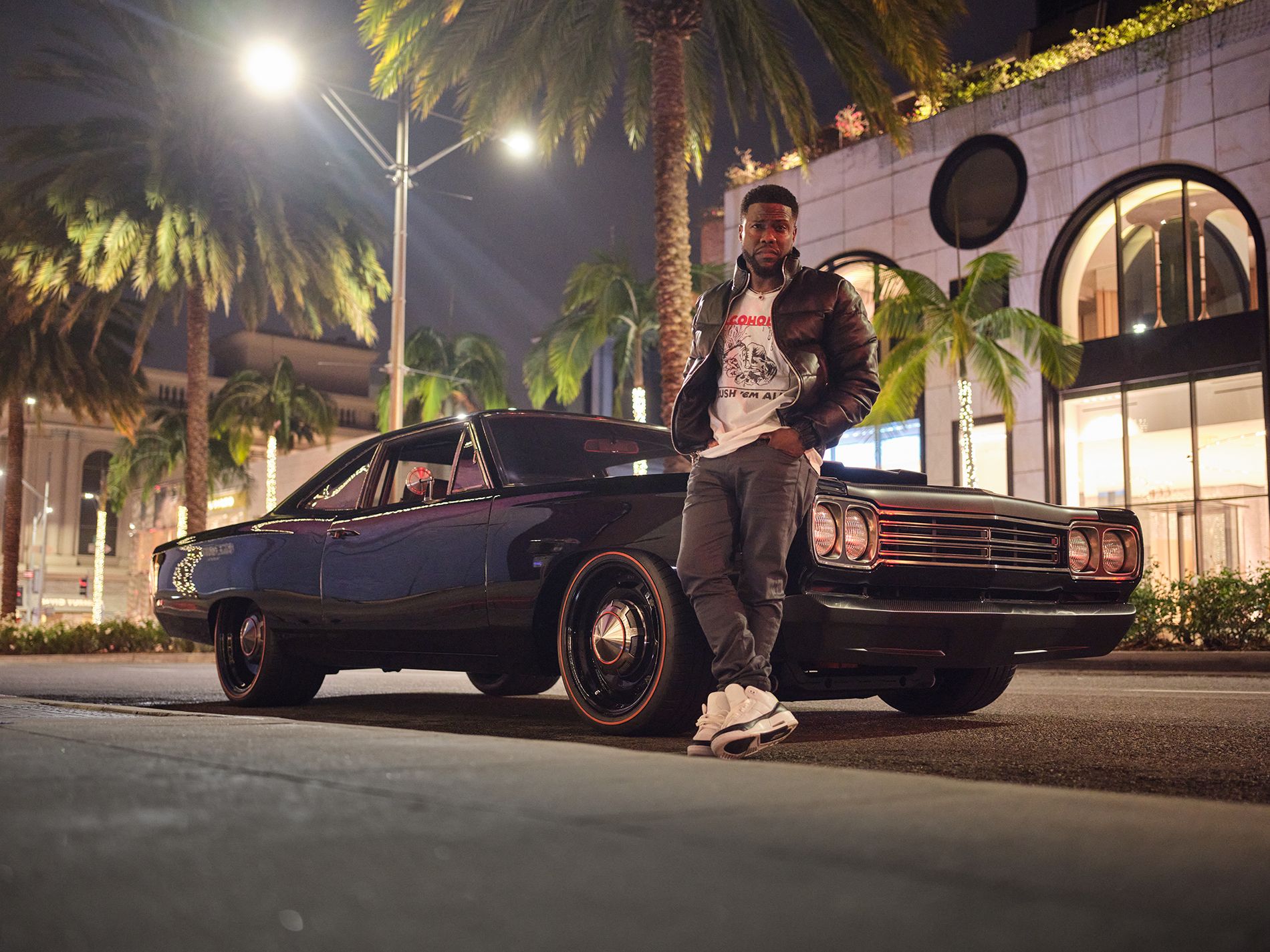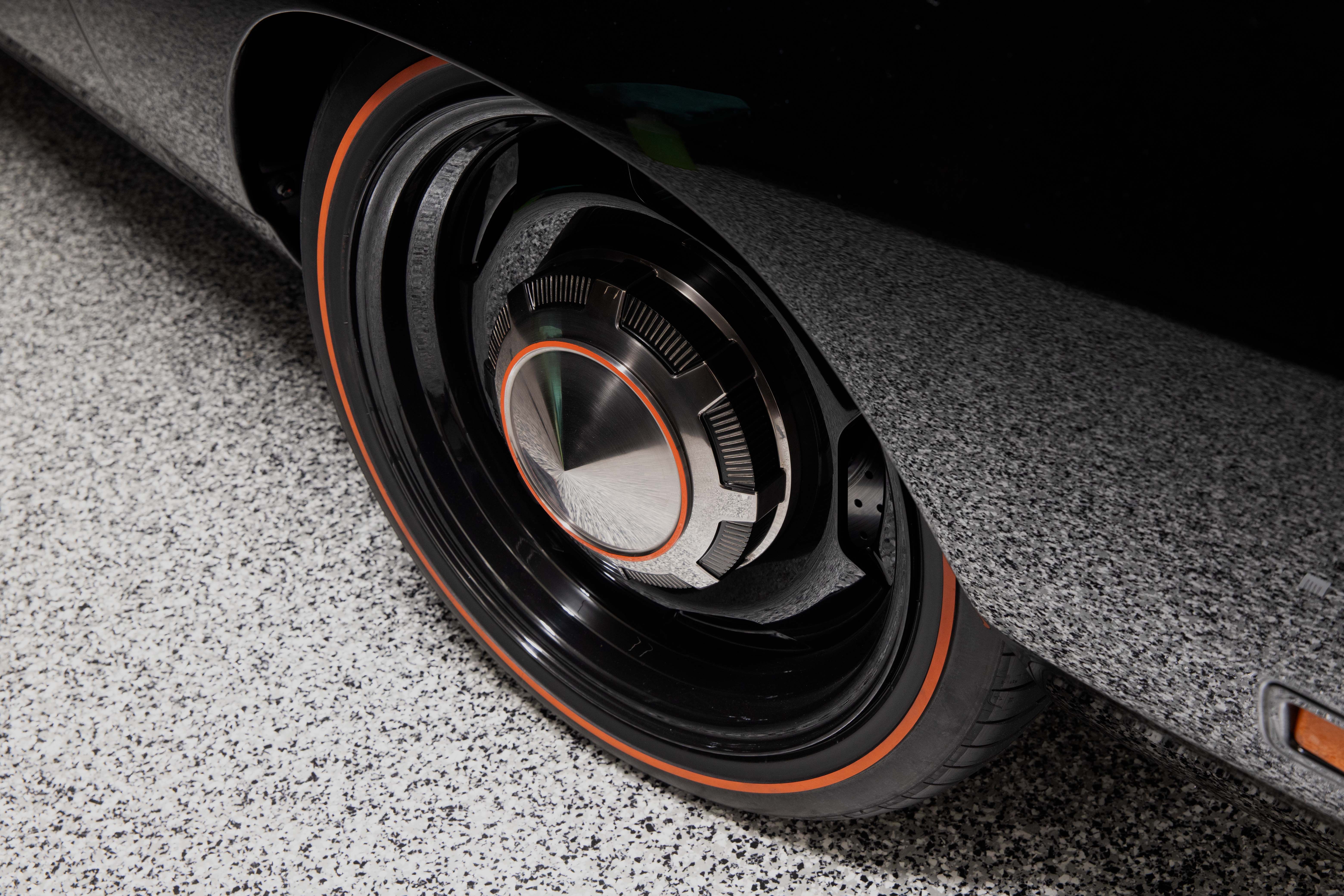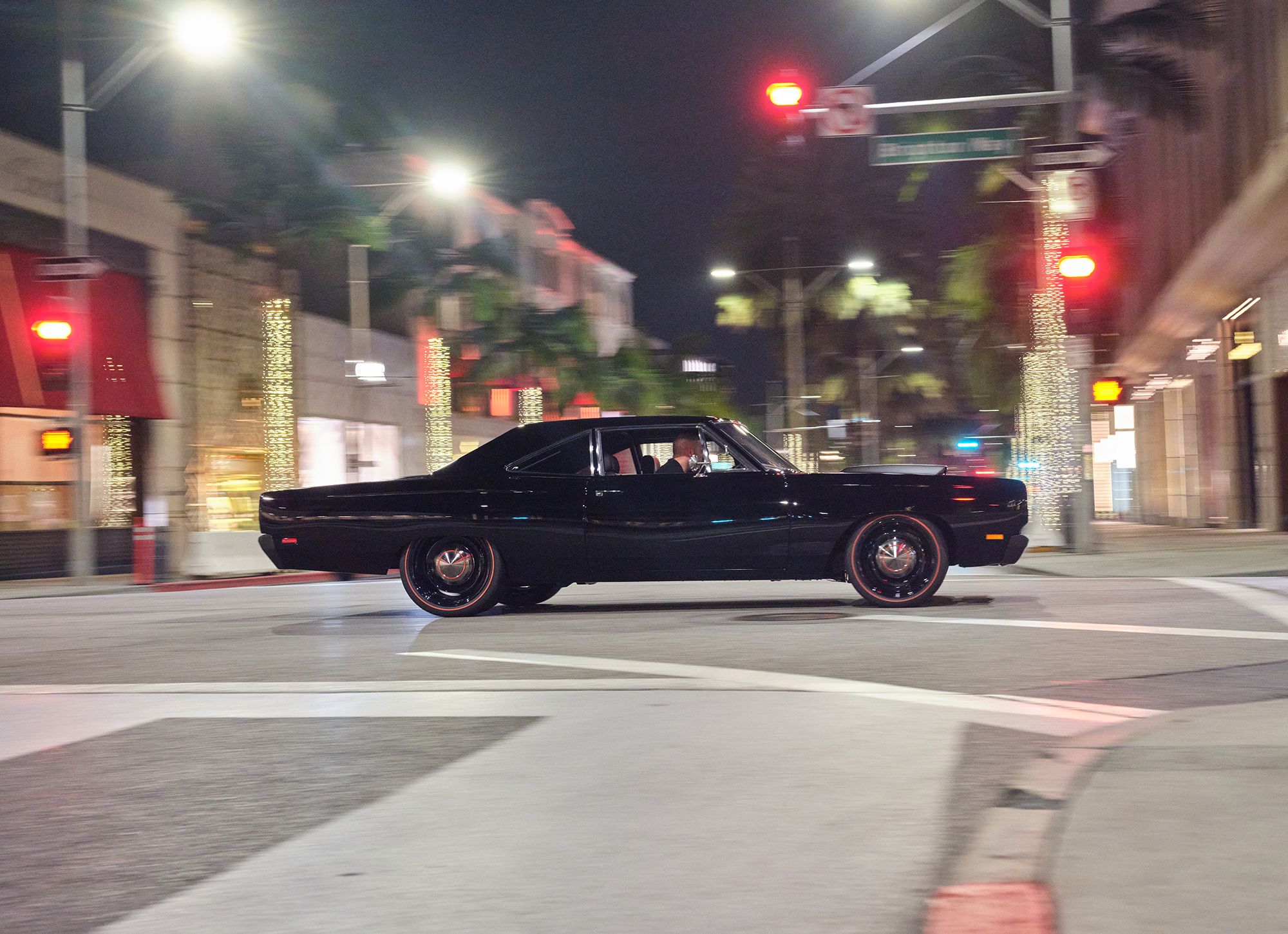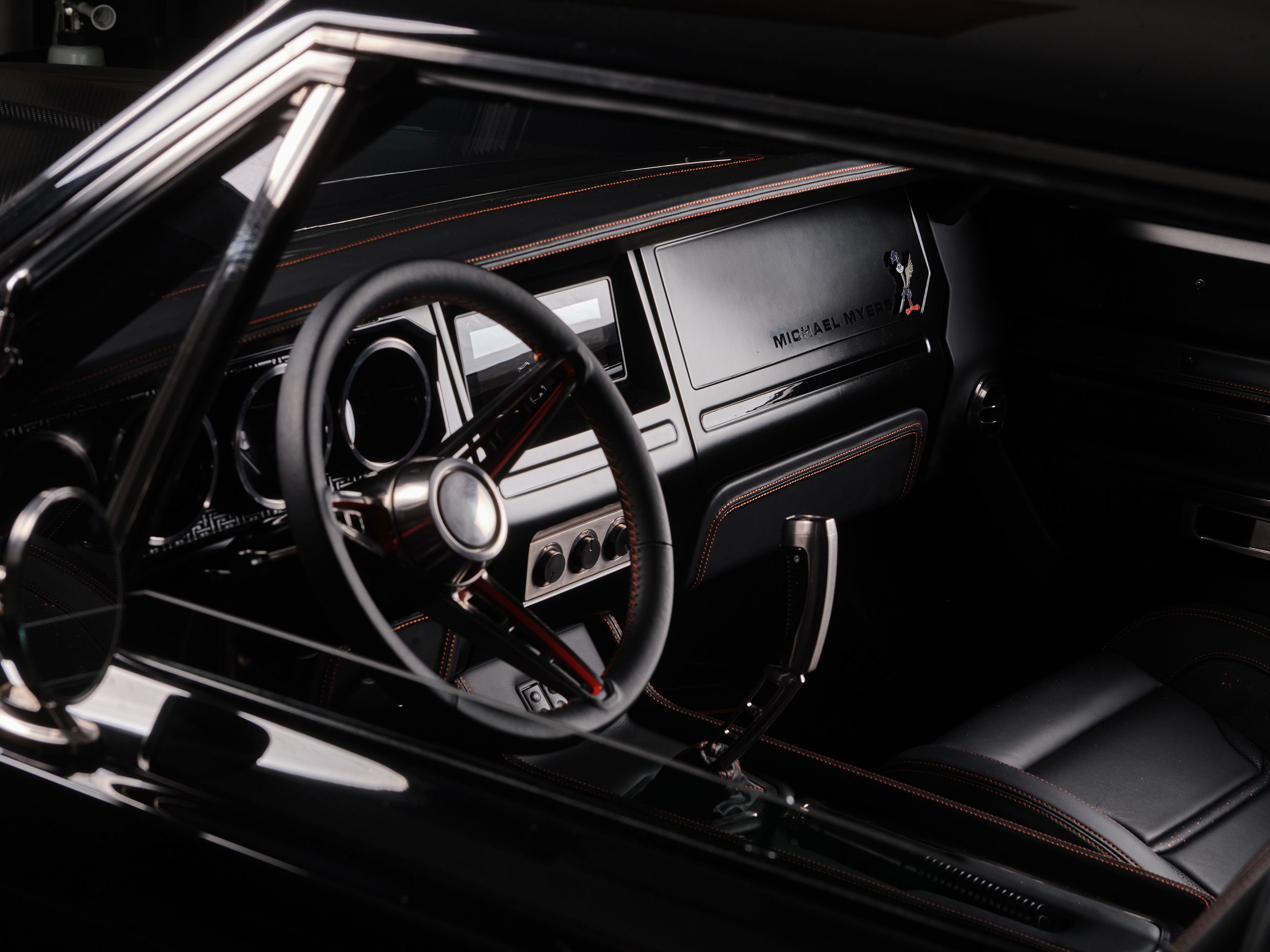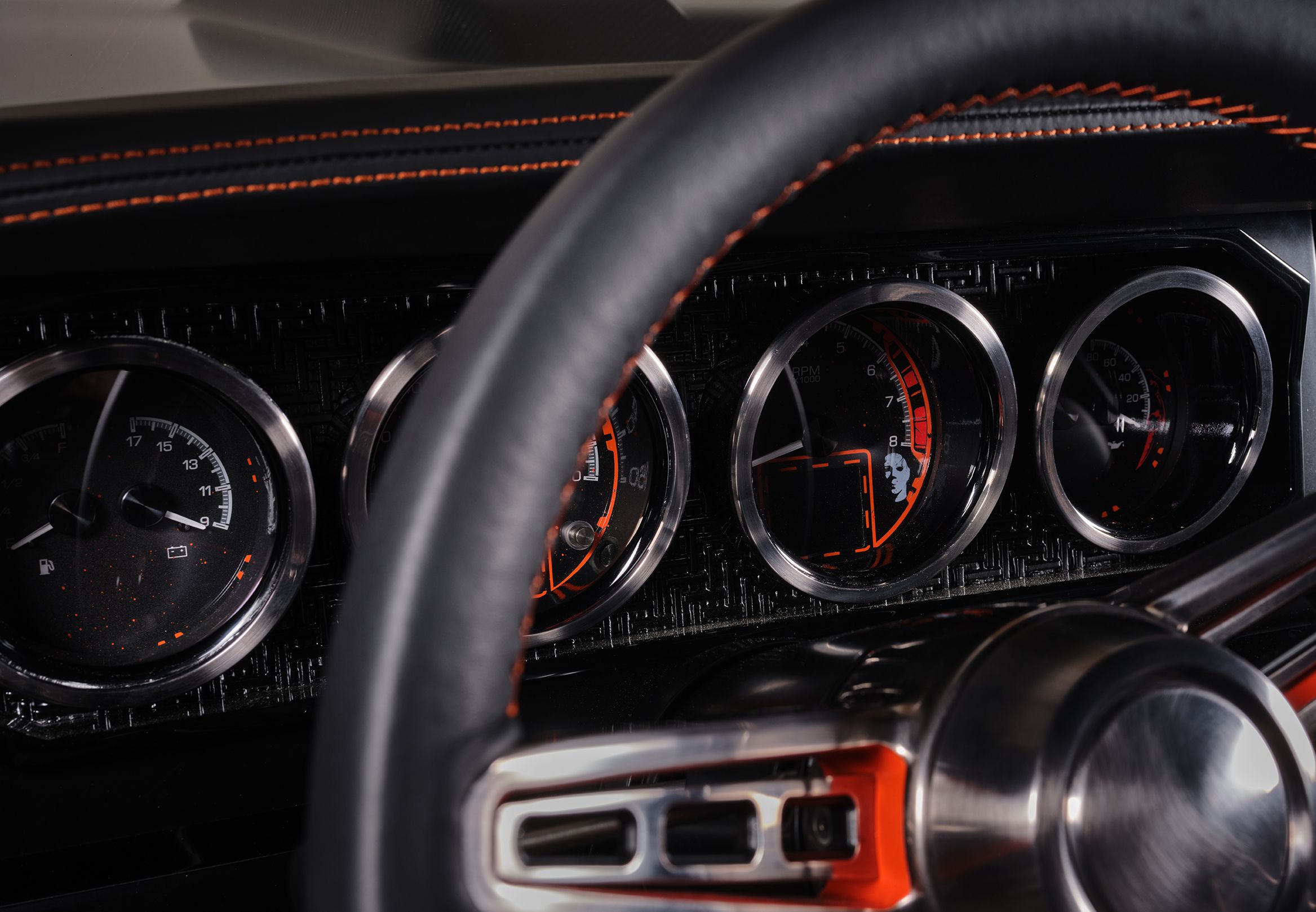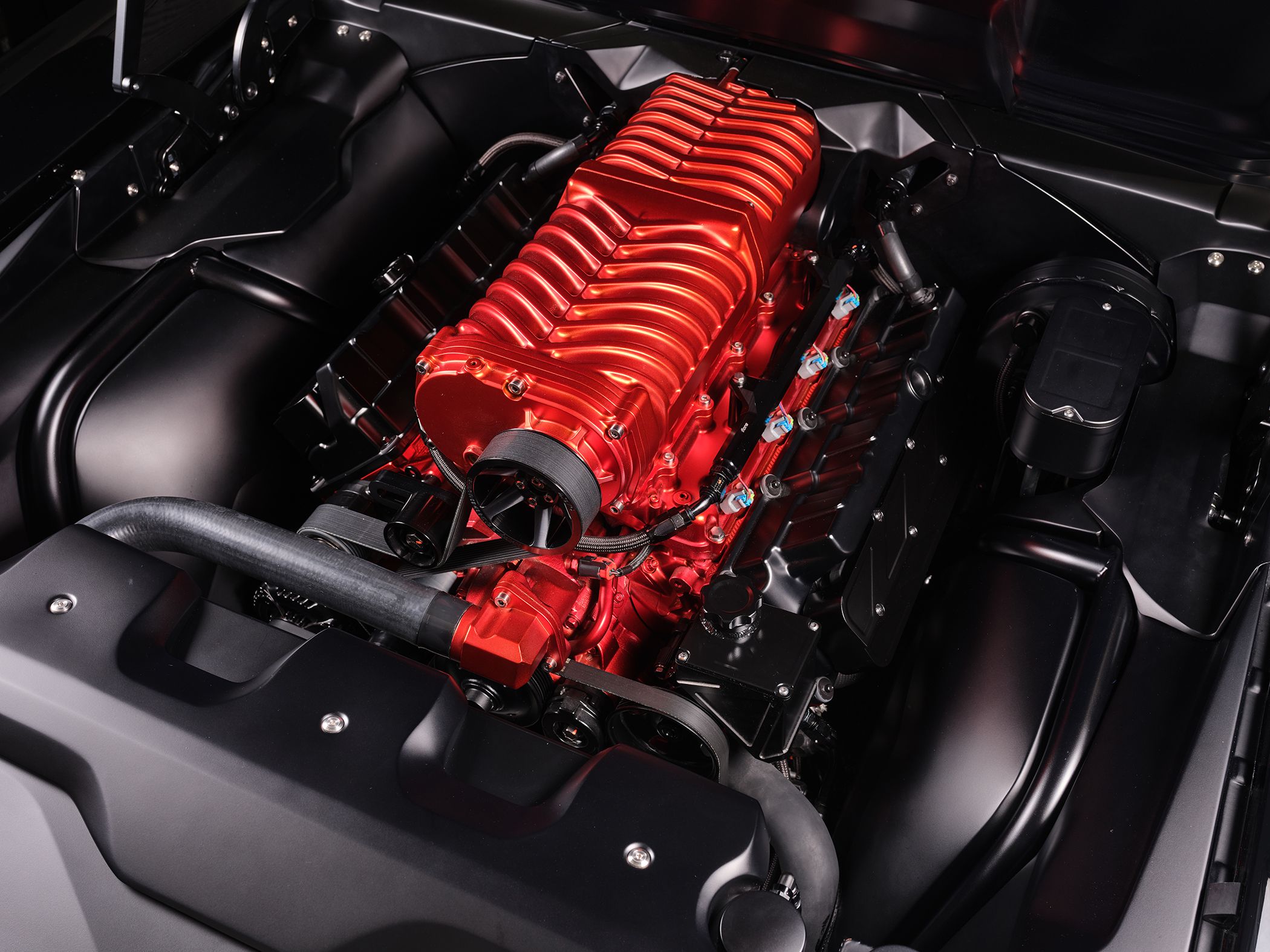With new cars becoming increasingly homogenized, well-heeled car enthusiasts are looking to the past for a unique automotive experience. This has caused a huge surge in demand for 'Restomods'–classic cars that have been re-engineered with modern drivetrains and technology.
For the longest time, classic car ownership came with a litany of drawbacks that made it impractical. The archaic driving characteristics and reliability issues of older cars were tough to overcome, so the prospect of owning a piece of automotive history was not for the faint of heart. But with today’s technology, we can have our cake and eat it too. From modernized Defenders to backdated 911s, if you can dream it, someone can build it. Salvaggio Auto Design is one such company that brings wild dreams to life.
A Winning Partnership
Based out of Wisconsin, Salvaggio Auto Design has an incredibly detailed approach to its work that you don’t see in many custom builds today. Dave Salvaggio, who founded the company nearly twenty years ago, comes from a family of American racing royalty. His ancestors were the Marchese Brothers, a famous pre-war racing duo whose team competed in races across the country, including multiple stints in the Indianapolis 500.
Sean Smith is a talented automotive designer who founded his own creative studio, Sean Smith Designs, in 2004. His impressive resume includes experience with major automotive brands like Saleen, and he's even lent his talents to the legendary video game company, Rockstar.
Dave and Sean started their partnership around a decade ago, bringing a combined forty years of industry experience to the table. With Sean's design work and Dave's ability to bring these creations to life, the pair have gone on to create award-winning SEMA builds, cars starring in Hollywood movies, and even impressive Restomods for A-list clients. We recently had time to sit down with Dave Salvaggio and Sean Smith to discuss what makes their creations so unique in this busy market.
A Unique Creation
Last year, the internet was buzzing with talk of Kevin Hart’s custom-built muscle car nicknamed ‘Michael Meyers’. Based on a 1969 Plymouth Road Runner, Salvaggio Design was behind this stunning car. What sets Salvaggio apart from the sea of other shops is the story that they weave into their creations. The Michael Meyers car isn’t just a restomod, it’s a thoughtful reimagining of an American icon, brought into the modern era without diminishing its character.
The Plymouth Road Runner was an inexpensive car in its day, equipped with hubcaps, a bare-bones interior, and even basic amenities such as a radio were optional. With most muscle car builds of this caliber, you would expect a bright exterior color, 5-spoke wheels, and a luxurious hand-quilted interior befitting of a Bentley. But the team wanted to stay true to the ethos of the car, and such lavish touches would feel out of place on a Road Runner.
As a result, Dave explained to us, the team “took more of a heritage styling approach that tells a story.” Which is why they set out to honor the Plymouth in every detail. Instead of slapping on a set of Mag alloy wheels, Sean designed dog-dish hubcaps specifically for this car. The wheels, as he puts it, were an “homage to the poor man’s hubcap”.
Honoring the Roadrunner Heritage
In 1969, a no-frills performance trim level was added to the Plymouth Road Runner, called the A12 package. It comprised of a beefier engine and mechanicals paired with lightweight body panels and a stripped-down interior. A cheaper and lighter alternative to the Hemi. The team at Salvaggio asked the question, “what if you could get that package in today's modern materials?”
Looking inside, you’ll notice a purposeful interior that feels muscular but not svelte. This was the intention of the team. Sticking to the no-frills mantra, everything inside has a purpose. Milled aluminum controls, a carbon fiber dashboard, and leather-wrapped surfaces throughout simultaneously match the intimidating exterior and feel high-end.
A Halloween color scheme was chosen, so the entire car was blacked out with subtle touches of orange sprinkled throughout. From the thin orange stripes on the sidewall of the tires–an extremely time-consuming effort–to the orange stitching throughout the interior.
These touches embody the humble origins of the Road Runner while merging it with the Michael Meyers theme. The team at Salvaggio wanted it to look like an ordinary black Road Runner from a distance, but as you get closer the subtle details become more apparent.
We even went as far as taking the roadrunner character badge for the car..and made it look like Michael Meyers, and then we created a matching pair of Nikes. So you're not just getting the car, you're getting a whole experience that tells a story for the customer.
An Engine to Behold
Under the hood, you’ll find similar attention to detail. The team could have shoe-horned a 'Hellephant'--a Dodge Hellcat crate motor--or Demon crate motor in the engine bay and called it a day, but those engines require high-octane fuel. Dave stated, considering the car would reside in Southern California where 93 octane is rarely available, they had to come up with a creative solution:
We took the stroker 426 crank from a Hellephant, added custom pistons and rods, used Demon heads and cam, and then [fitted] a Whipple 3.8-liter supercharger. We machined the rear-entry throttle body setup…and put together this amazing package that had the stroke of a 426, lower compression so it works with [91 Octane] fuel, and all of the drivability in the world--It’s kind of a mongrel, but it turned out to be the Frankenstein that you wanted rather than the monster you didn’t want.
From Fast Cars To The Fast & Furious
Salvaggio Auto Design's work was so impressive that it eventually grabbed the attention of Hollywood. For over a decade, Dave and Sean have created custom vehicles for some of the biggest blockbuster films in Hollywood, from the Fast and Furious franchise to the Marvel Cinematic Universe. In their relationship with the former movie series, Dave described the relationship as a snowball effect. Starting over fifteen years ago and continuing to this day.
I built this 'Cuda [Plymouth Barracuda] in 2006, which they used in Fast & Furious 6. Then in [Furious] 7, Letty's 'Cuda was based off of that. By [Fast & Furious] 8, we were friends with Dennis McCarthy and we started working on the development of the ice Charger.
Even Superheroes Need A Ride
Dave Salvaggio's relationship with Marvel began over a decade ago when he was tasked with building Captain America’s motorcycle for Captain America: The First Avenger in 2011. Harley-Davidson had supplied brand-new motorcycles which had to be converted to look like World War II-era bikes for the film. Salvaggio, using his keen attention to detail, replicated military-issue motorcycles that were used during the war, the Harley-Davidson WLA.
This was right on par with Steve Rodger’s character, who is a ‘super-soldier’ created by the US Military to help the war effort. This partnership led Salvaggio to create vehicles for the first Avengers film in 2012 and the sequel, Captain America: Winter Soldier, in 2014.
The market is awash with companies that modify classic cars, but not all builds are created equal. Dave and Sean make a formidable team whose expertise with SEMA and the film industry, not to mention their wide-ranging experience, set their work apart from the competition. With their attention to detail and the stories they weave into their creations, Salvaggio Auto Design and Sean Smith Designs are a duo that offers a unique alternative to car enthusiasts who have grown tired of the modern automotive landscape. After all, it's not often that a member of the public can commission their dream car from the team behind the hero cars of the Fast and Furious.

